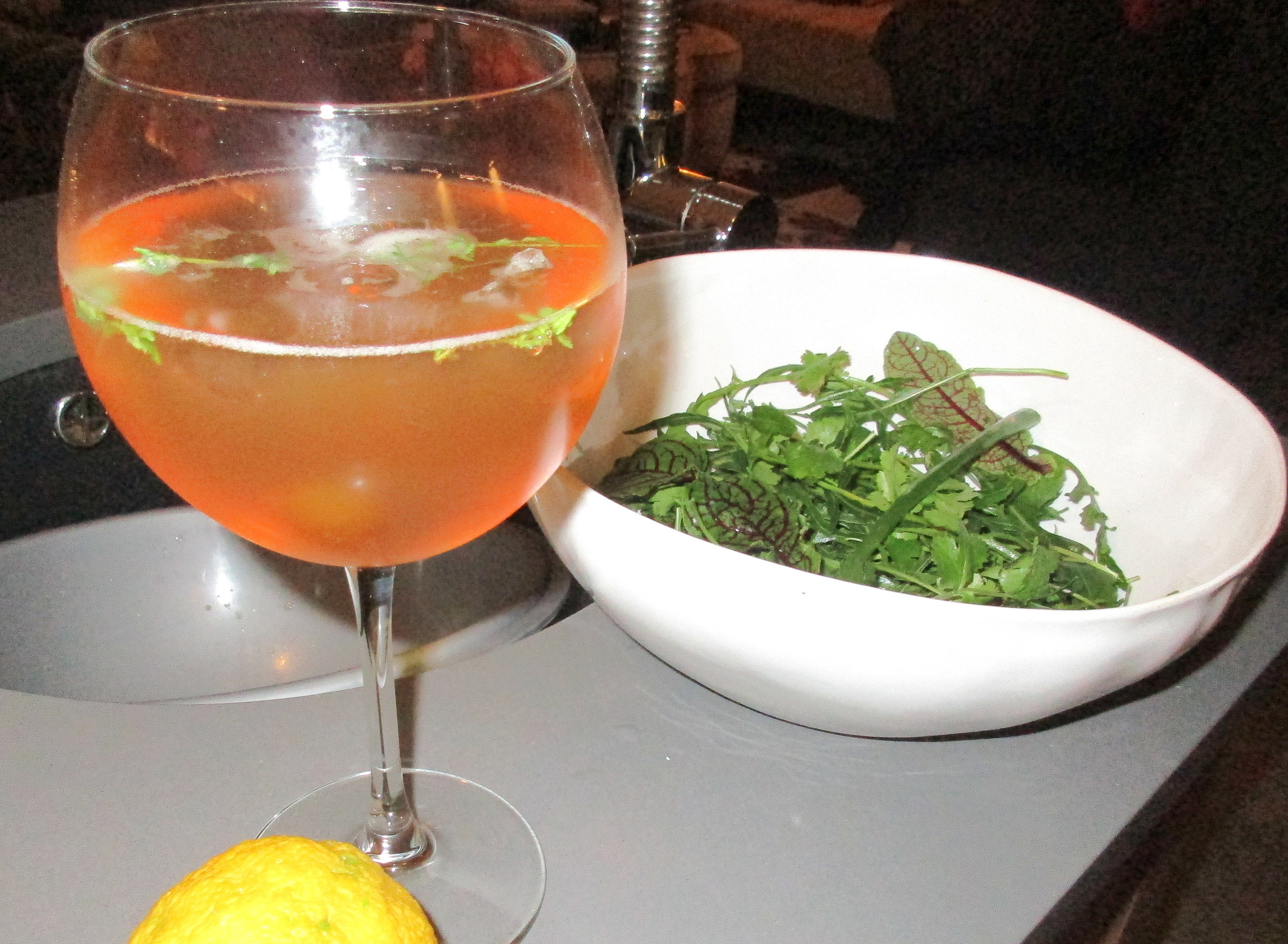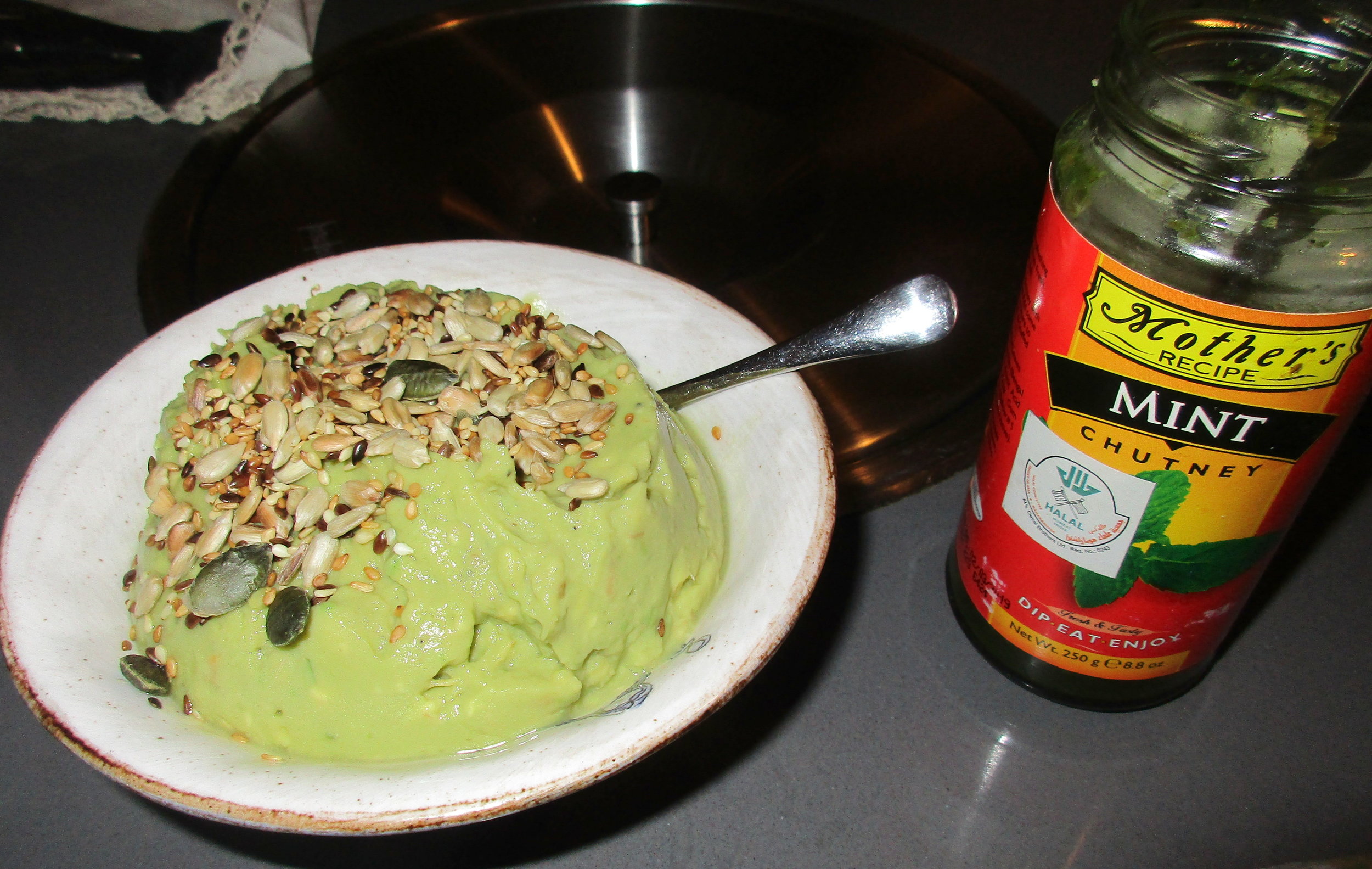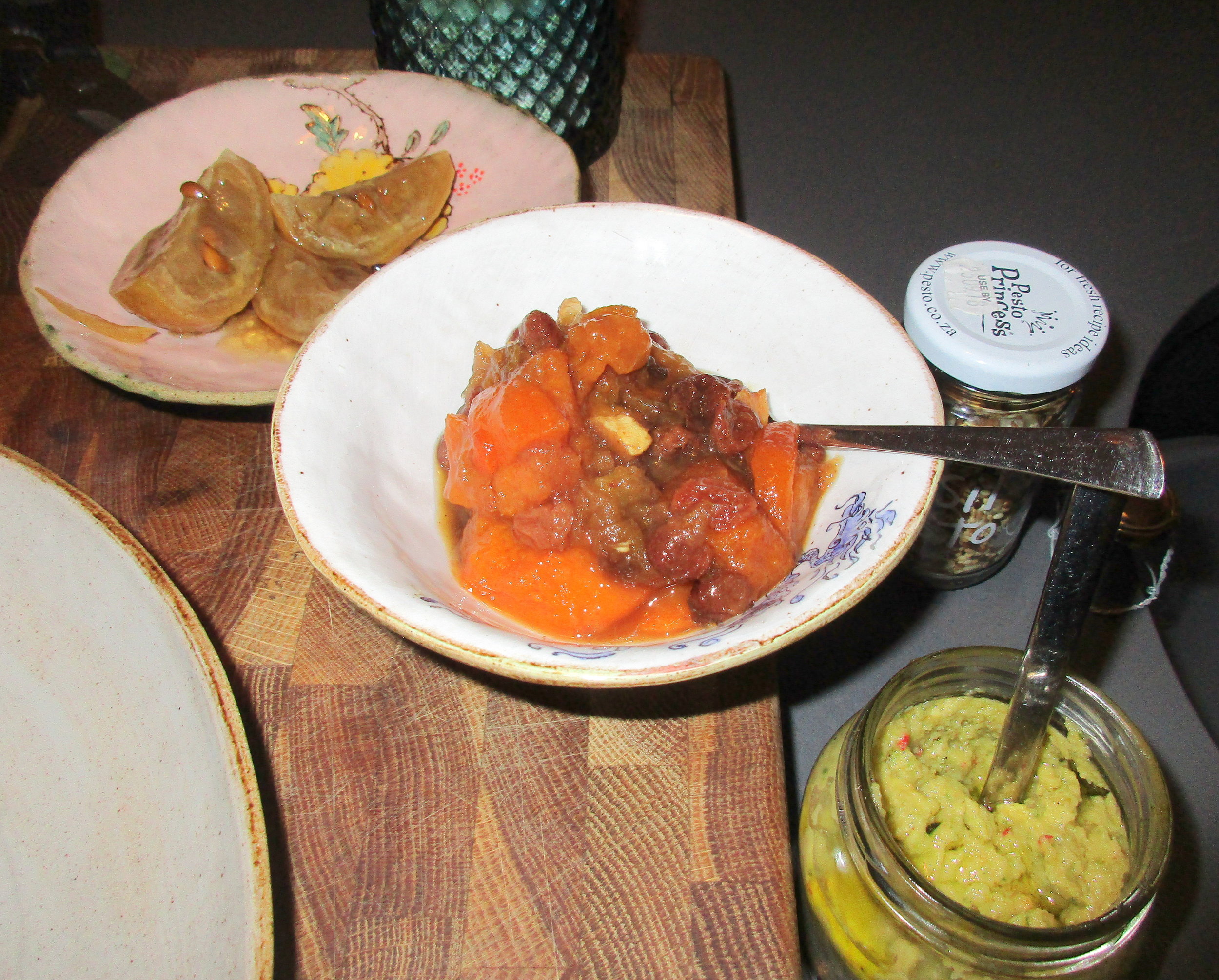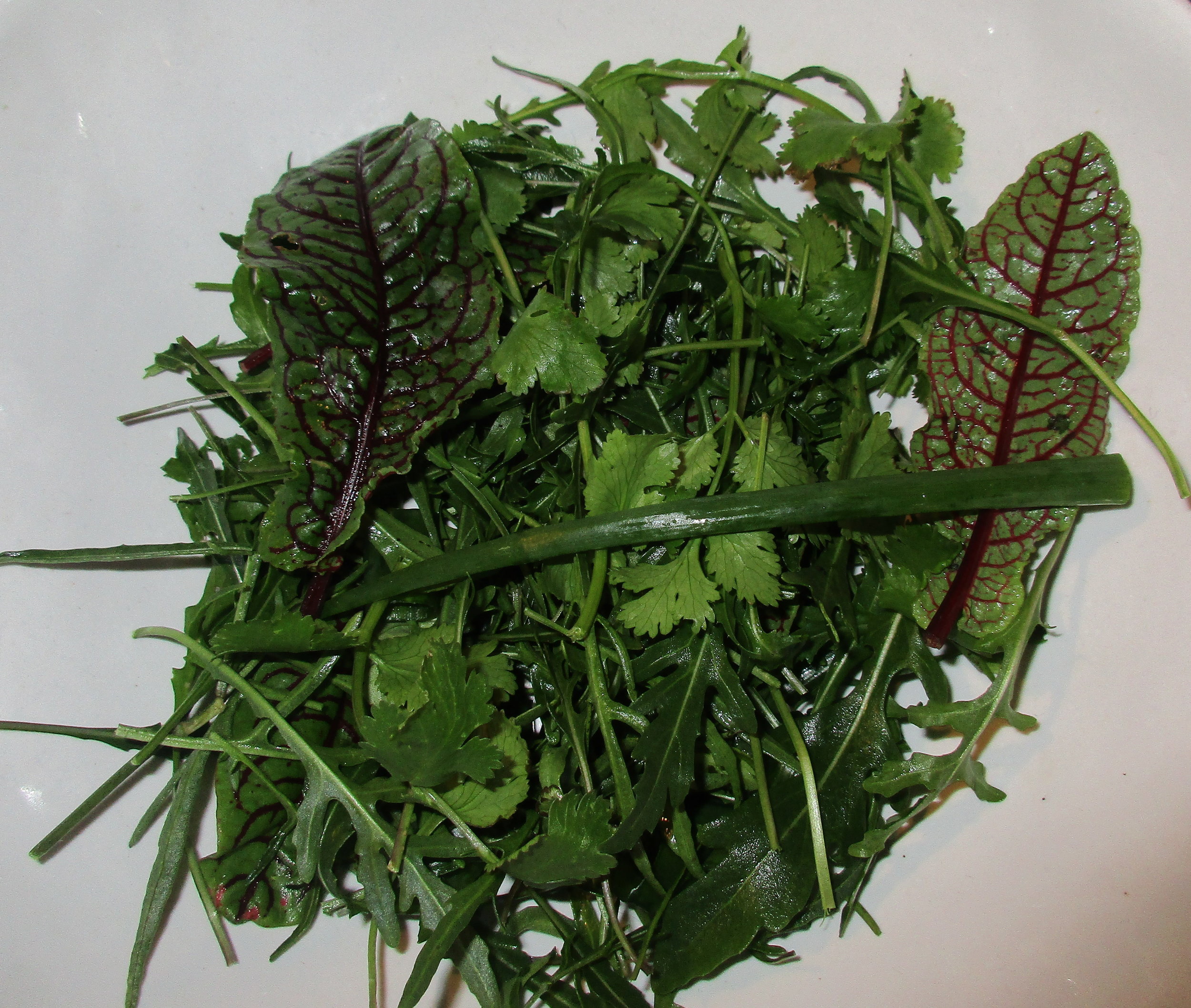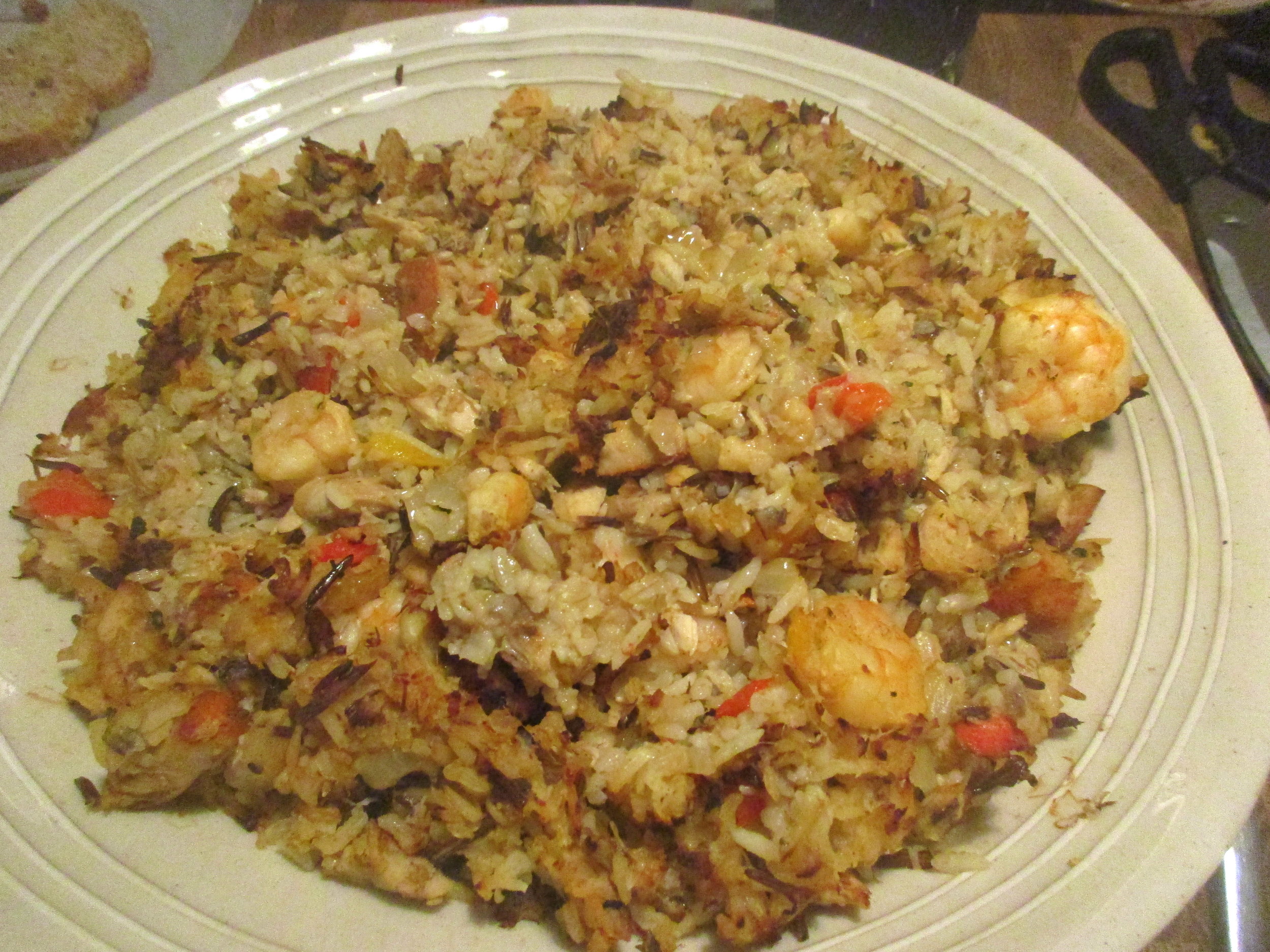1001 Water and Waste-wise ways: The meeting point between art and nature
My waste book is in production with the wonderful Bookstorm team, I’m joyously anticipating writing my cookbook (the next in this series of Little Green Books), and I should kick back and relax a little, right? Here’s something strange: I can’t stop writing the waste book. Maybe all that research, often grim, sometimes devastating, has been a way of coping with the grievous harm I’ve seen done to the planet in my lifetime.
I’m still bookmarking every useful article, jotting down every helpful tip I find. (Pity my poor editor, who is going to have to deal with the ultimate nightmare author — one who keeps rewriting.) But there’s a slant to the kind of material I’m focusing on now: even as I get more militant (make me queen of the universe, and I’ll empty out all tax havens), I’m primarily interested in kindness. In healing. Solutions, even if these are long-term and mean the transformation of civilisation as we know it (let’s face it, the current one isn’t working very well). Even hope.
One message that keeps popping up on my screen is that there is a relatively inexpensive and easy way to salve some of the planet’s more grievous wounds: plant trees. Lots of them. Billions of them. Make that a trillion. Here’s an intelligent analysis of the pros and challenges: worth a careful read. To this I’d add that with the exception of alien clearing, we need to stop cutting down trees, and protect existing forests. Donning my empress crown again, I’d make tree-felling a criminal offence, and clear-cutting forests grounds for excommunication and life imprisonment (only very slightly joking). Ripping out established indigenous vegetation should be utterly verboten. The article above is slanted towards northern hemisphere conditions, but look at this good news — and path to follow — right here in our own backyard. Carbon farms like this one can not only draw down carbon, but replenish soil and groundwater, repair erosion, and supply new models for desperately needed employment.
Speaking of jobs and alternative economies, here’s another great idea: repair workshops, which, according to this article, are good not just for the planet, but also our sense of community connection — and souls. Look at what the author says about the “right to repair” movement: throwaway culture is bad for the environment, our histories, our networks. Treating goods as disposable leads all too easily to treating people the same way: check out the amazing repair manifesto in the above piece.
Speaking of community and connection, one reason I’m so excited about writing a cookbook is because cooking is a favourite way of strengthening commitments and expanding networks. Last night I cooked dinner for a lovely group of friends who in different ways support Short Story Day Africa — an NPO I adore, and on whose board I serve. It was a small way of thanking them for their care, but as I simmered mushrooms down to a rich stock and chopped garden mint into a blend of apple cider vinegar and onion, I remembered this lovely line: “Cooking is the meeting point between art and nature”. It’s also about chemistry — and in that way, alchemy. In other words, it’s the most practical form of magic we can all practice, a basic lifeskill that allows for more human interaction, ingenuity and creativity than, say, ironing shirts. Nourishment needs to be exactly that: something done with as much love as possible. To adopt another line, cooking is love made visible.
And so a group of old and new friends met to celebrate stories, and to nourish bodies and souls with Earl Grey and thyme cordial, mushroom soup, guacamole, kedgeree served with mint chutney, peach relish, lemon pickle, chilli-garlic sauce (all home-made by friends or from their recipes) and a dish of bright leafy greens straight from my veg bed. Pud: raspberry-coconut ice-cream. Enjoy.
